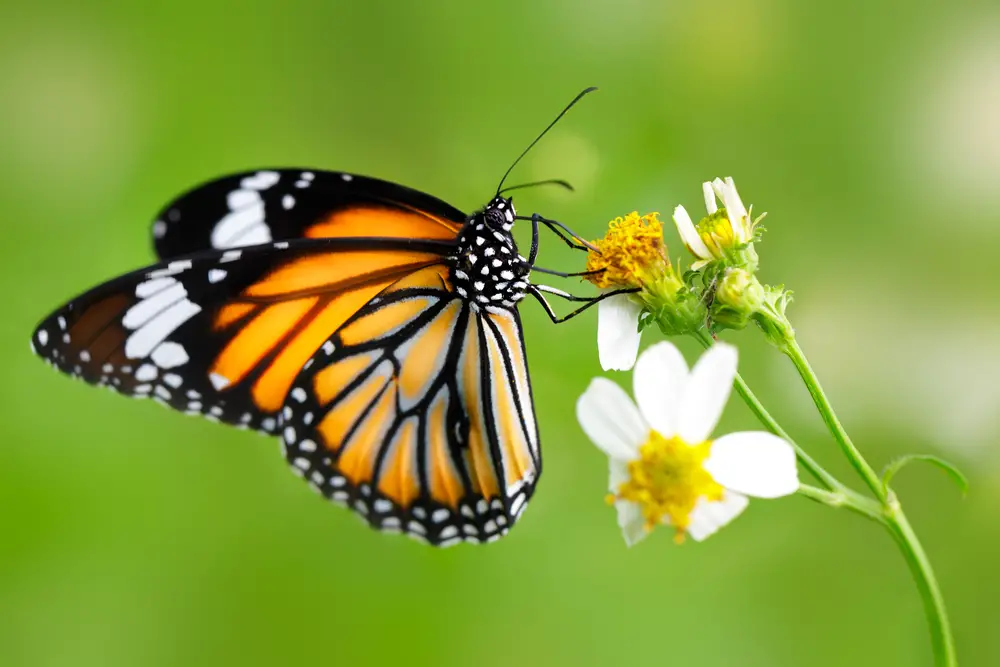Butterflies, for many, are just another insect. However, butterflies are important for many reasons worth paying attention to. Here’s what those reasons are.
Butterflies are important for the following reasons:
- The vast majority of plant life depends on them.
- We depend on butterflies too.
- They add beauty wherever they go.
- They’re culturally important.
- They indicate a healthy environment.
Five Top Reasons Butterflies Are Important
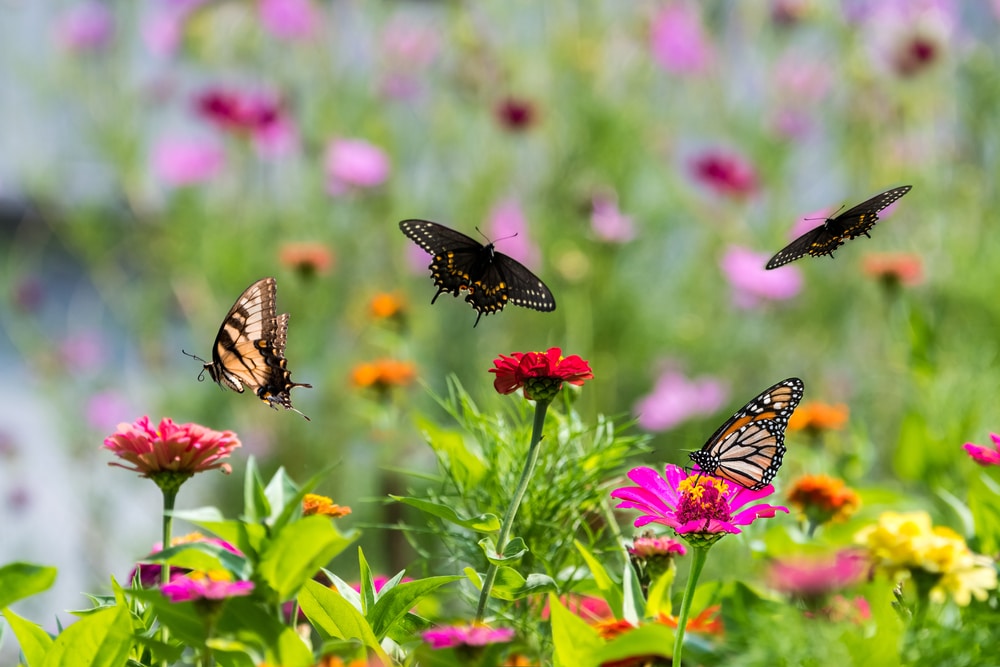
Butterflies are important for many reasons. Five of the most important include how much plant life depends on them, how much we depend on them, their beauty and the effect it has, how they indicate a healthy environment, and their importance in culture.
Let’s begin with how much plant life depends on them.
1 – The Vast Majority Of Plant Life Depends On Them
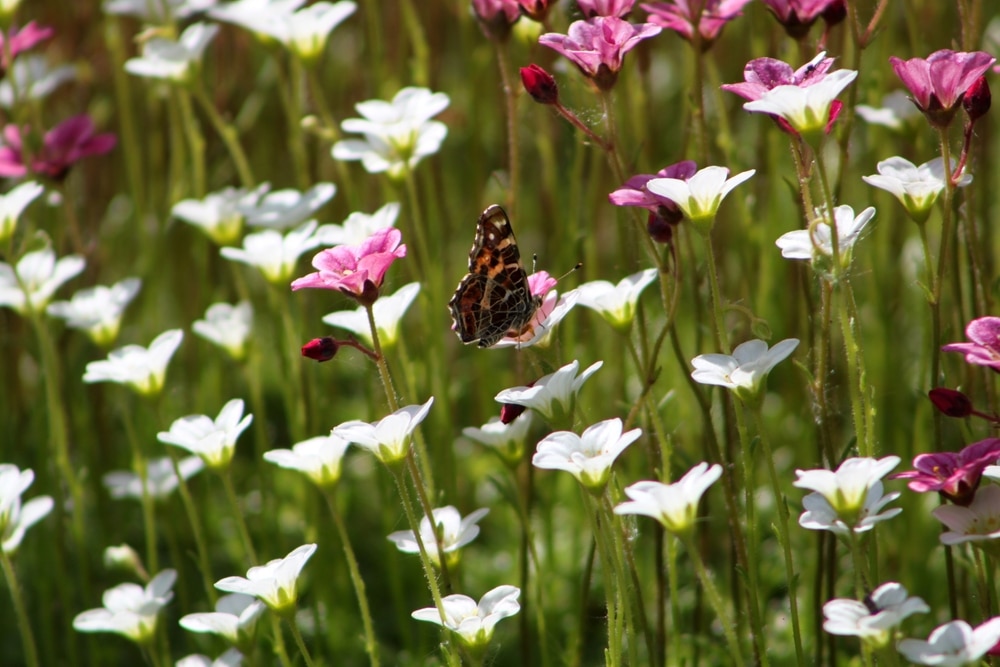
When butterflies flit from flower to flower, they’re purposefully collecting nectar and accidentally collecting pollen. The pollen sticks to their legs and bodies and comes from the male parts of flowers (called stamens).
When those butterflies visit other flowers, they accidentally transfer the pollen to the flower’s female parts (called stigma). This fertilizes those flowers, which then produce fruit and seeds. These will eventually become more plants with flowers, and the process can begin again.
Only 10-15% of plants self-pollinate, while the rest rely on pollinators (anything that transfers pollen from flower to flower) like butterflies so they can reproduce.
In short, plant life and anything that depends on plants (animals, humans) need pollinators like butterflies.
2 – We Depend On Butterflies Too
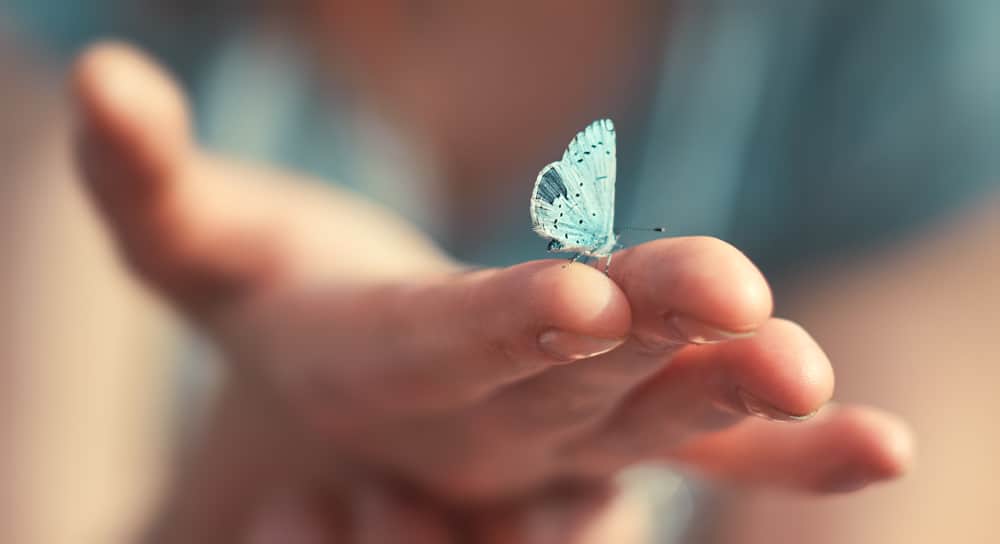
Going off of the above point, many crops depend on pollinators like butterflies.
These include:
- Artichokes
- Lettuce
- Chamomile
- Peas
- Beans
- Lavender
- And more
To reiterate, these crops would struggle or die out entirely without pollinators like butterflies. This would strain our resources and decrease our quality of life. Although we could develop our own pollinating methods, right now, they’re too costly, time-consuming, and less effective than natural pollination.
In fact, it’s estimated that without pollinators, crops would decrease by up to 8% or more (which is a lot).
This is in addition to the severe effect that losing pollinators like butterflies would have on the rest of animal life, which would also affect us.
In short, butterflies are essential to us and all other life.
3 – They Add Beauty Wherever They Go
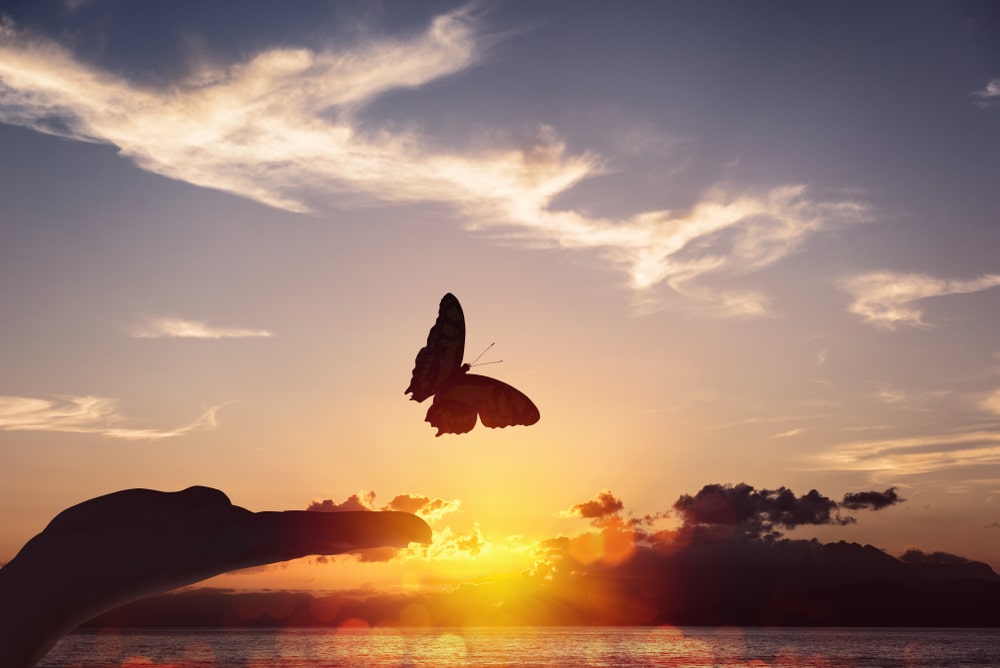
Most people agree (and hopefully you do too) butterflies are beautiful.
There are many kinds of butterflies, too, each species with its own unique appearance, color, and patterning. You can find butterflies in every color of the rainbow and then some (including black, gold, silver, and shimmering blues).
Their wings also come in different shapes, whether smooth-edged and simple (like the sulphur butterfly) or looping-edged and intricate (like the swallowtail butterfly).
So, any butterflies that visit your garden also bring their beauty to your garden.
In addition, building a butterfly garden improves your chances of butterfly visits. Plus, the kinds of flowers you’ll need to populate your butterfly garden with are also beautiful.
4 – They’re Culturally Important

Across cultures, the butterfly is a sign of hope.
In Chinese mysticism, the butterfly is a sign of eternal life.
In ancient Greece, they represented the soul.
Moreover, the butterfly symbolizes transformation (among Native Americans), going through the struggle and cycle of egg to cocoon to full-fledged butterfly.
There’s art of these gorgeous creatures in every culture (and heaps of art created today). This includes Butterflies and Poppies by Van Gogh.
In short, butterflies have had and continue to profoundly influence our respective cultures.
5 – They Indicate A Healthy Environment

Butterflies have short lifespans, so they are finely tuned to know where to go for their needs. In other words, butterflies in an area mean they believe that area is good for them to be in, which means it’s likely good for you too.
The opposite can also be true.
How To Help Your Local Butterflies (And The Environment)
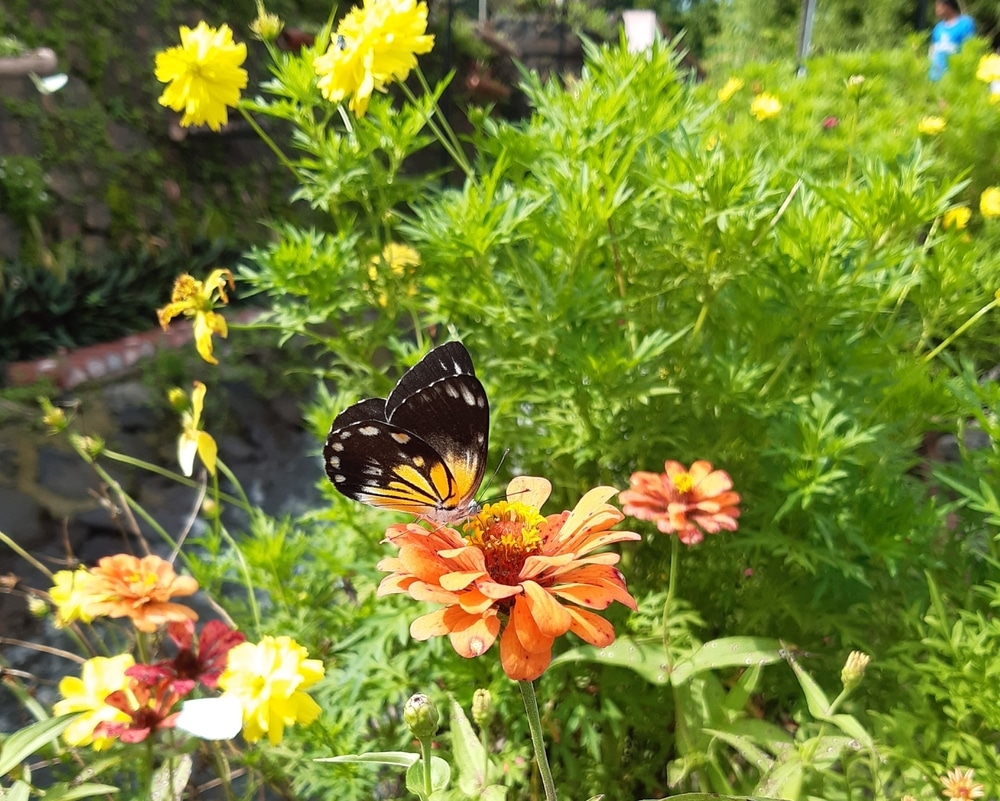
You can do a few other things to support the ever-important butterfly and help ensure its survival.
Let’s start with feeding them.
Give Them Nectar Equivalents
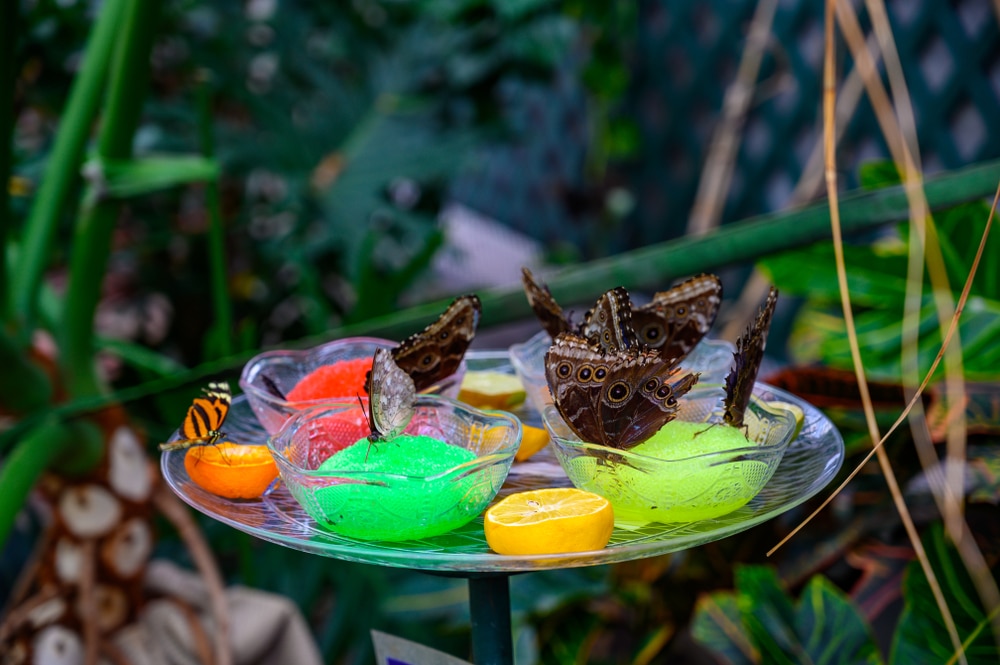
Butterflies only eat nectar, but sometimes nectar is scarce. Either way, you can provide butterflies with nectar alternatives for additional food sources.
You can do this with fruit juice, fruit, Gatorade (especially red), or sugar water. If you choose sugar water, mix three teaspoons (tsp) of sugar with every one cup of water, then boil it until the sugar dissolves.
Let the mixture cool, then put your chosen nectar equivalent into a feeder (you can even make your own!), put it in the sunlight (preferably near plants or flowers), and wait for the butterflies to show up.
In my experience, butterflies take a few days to a week to show up, sometimes longer. Once they do, and if you keep it filled, they’ll stop by frequently. They’re sure to be immensely grateful!
Remember, homemade nectar will go bad quickly, especially in hot weather. You’ll want to replace it as often as every other day to twice weekly. Otherwise, the sugar water will spoil and begin to smell!
Give Them A Puddle To Drink From
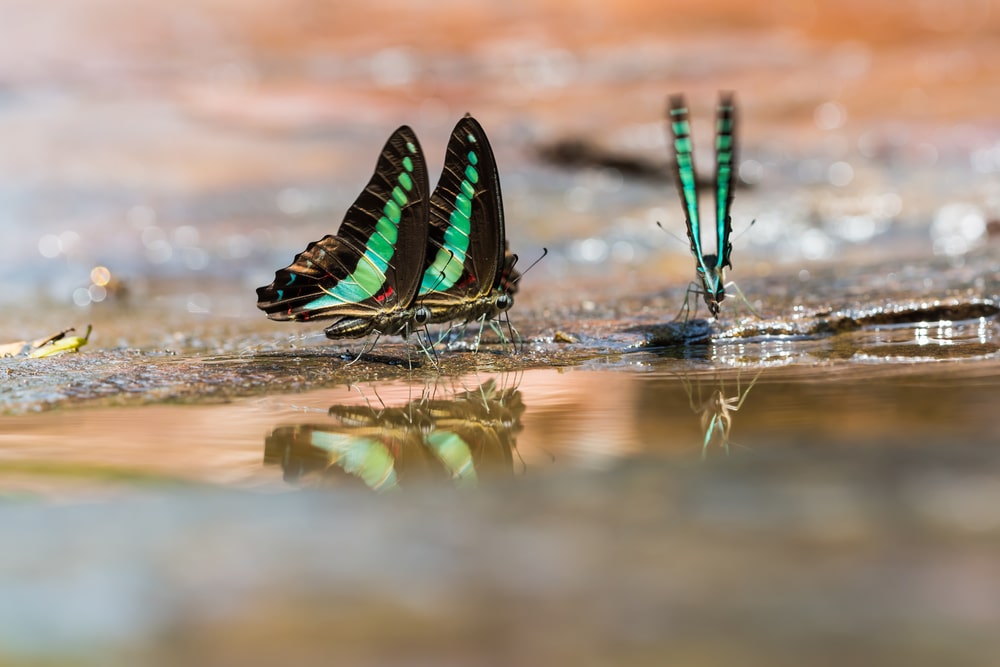
Nectar is mostly sugar, which means it’s not all that hydrating. Think of it like trying to hydrate with honey. It just doesn’t work.
So, butterflies need water to go along with their nectar. Typically, they get this from mud puddles. They land on a shallow puddle, using the mud for a solid surface to stand on and drink from the water. This is appropriately called “puddling.”
Since puddles aren’t always available, you can make your own to help butterflies. Keep in mind bees may be interested in the muddle puddle as well. You can avoid this by avoiding bee-friendly plants in your garden, so they’re not around in the first place. Otherwise, you may need to accept there will be some bees and butterflies on the puddle.
Simply fill a shallow dish (only a couple of inches deep, ideally) to nearly the top with sand or soil. Pour water over this until the sand or soil is saturated completely. Place the dish on a level surface in the sunlight, and you have an excellent puddle for butterflies to drink from. You’ll want to replace the water in the puddle about once a week!
Provide Them With A Salt Lick
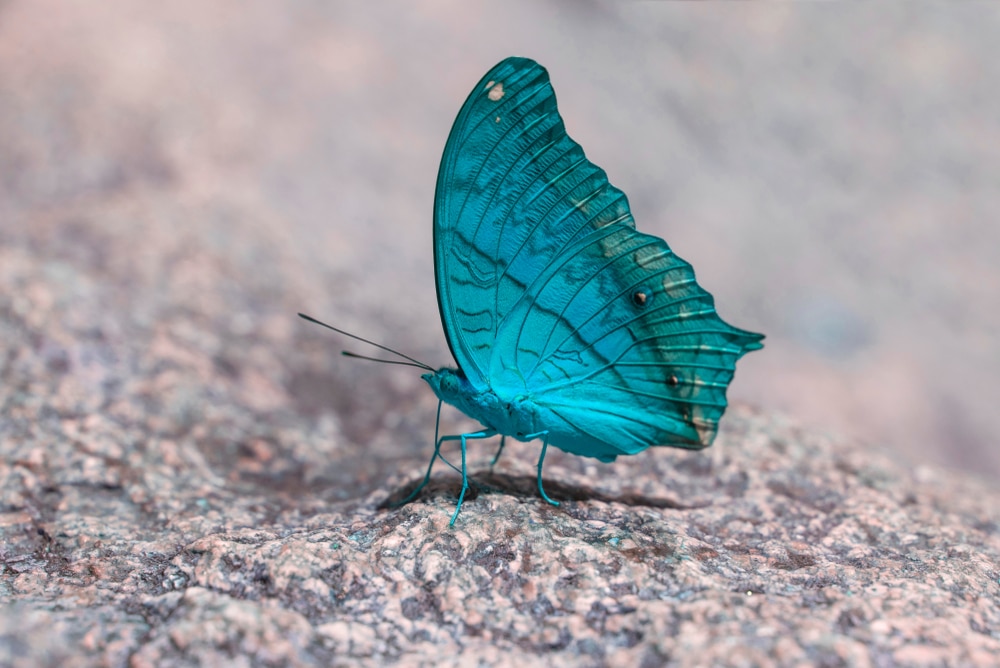
Nectar doesn’t contain salt. This means butterflies must look elsewhere for this nutrient. Usually, they look for it in sweat, manure, and mud.
You can help provide them with this vital nutrient by adding four or so teaspoons of salt to the mud puddle recipe above. Simply stir it, place it on a level, sunny surface, and you’ve got a homemade salt lick! Replace the salt lick weekly.
Help A Weak Butterfly
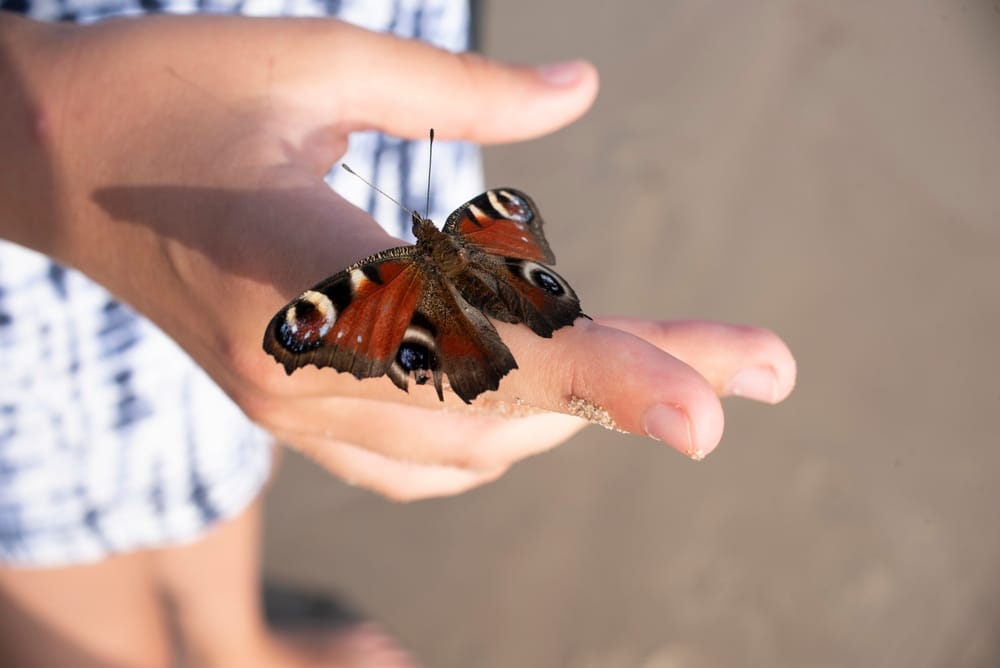
You may wish to help out a weak butterfly (one unable to fly strongly). After all, it seems essential to do so after learning their importance.
The best way to help a weak butterfly is to move it into the sunlight (as they get cold easily).
Another way is to feed the butterfly.
First, you’ll need a sponge. Next, choose your nectar equivalent: fruit juice, Gatorade (especially red), or sugar water. To make sugar water, boil three teaspoons (tsp) of sugar for every one cup of water until the sugar dissolves, then let it cool.
Soak the sponge in your chosen nectar equivalent, then set the butterfly on top of it. You can try to get the butterfly to climb onto you or the sponge, but they may not want to. In that case, it’s okay to lightly pinch the butterfly’s wings near its body to move it.
Hopefully, they’ll start drinking from the sponge. At the very least, you’ll be giving them a fighting chance!
You may wonder how this affects natural selection, which is fair. We can use as many pollinators as we can get. So, helping a butterfly will never be environmentally harmful. What’s more, weak butterflies you see are not usually sick or naturally weak but rather hot or thirsty. Natural selection can still take its course with plenty of sick or naturally weak butterflies in the wild!
Put Host Plants In Your Yard Or Garden (So Butterflies Can Reproduce)
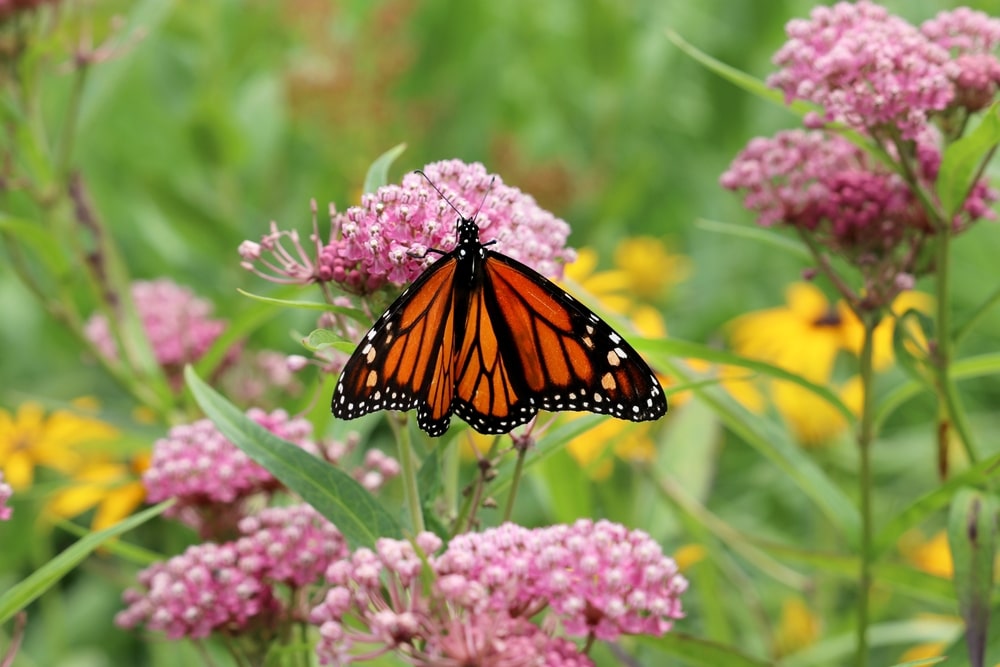
One of the best ways to support your local butterfly population is to include host plants in your yard or garden. Host plants are plants butterflies lay their eggs on. They do this because caterpillars (which grow into butterflies) can only eat certain plants.
Some top host plants for butterflies include clover, fennel, parsley, spicebush, and milkweed. You and the butterflies can enjoy these lovely plants and popular garden herbs.
Parsley, for example, is popular in many dishes as a garnish (in stews and soups especially). Clover, on the other hand, has a sweet scent, just like honey. Milkweed is also quite fragrant, while fennel is another beloved household herb that goes wonderfully in salads, stews, etc. Finally, spicebush has bright yellow foliage that looks dazzling in any yard!
Be Mindful Around Butterflies In The Wild
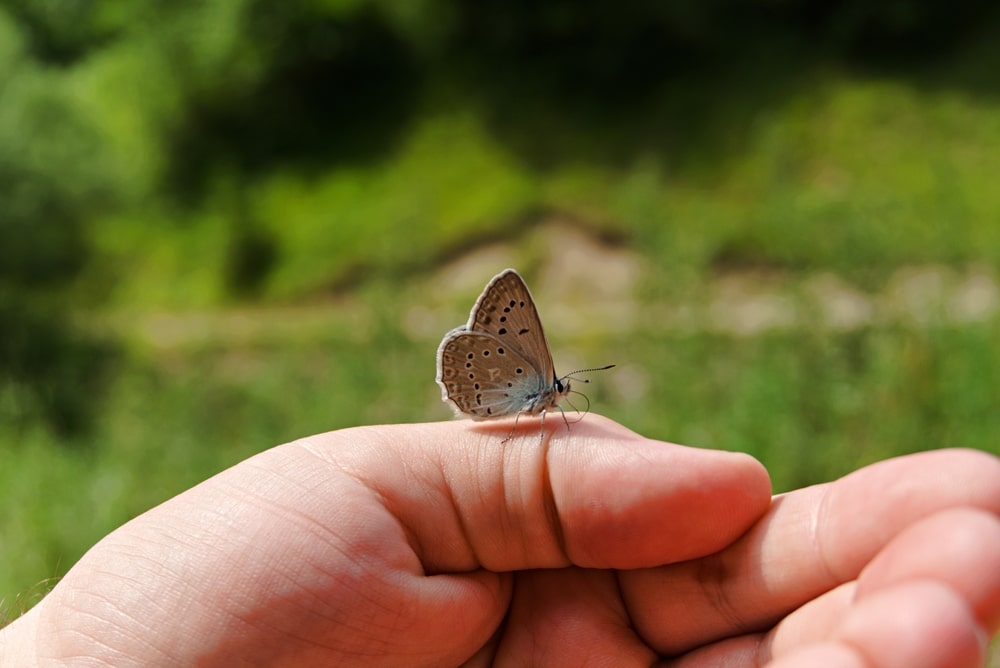
Move slowly and quietly when you see butterflies in the wild if you’d like them to stick around. Butterflies are timid creatures and easily startled. If you want them nearby, you may also want to go easy on the bug spray.
Make sure not to grab the butterflies, but rather catch them in a net or lure them onto your hand with sugar water. Or, leave them alone entirely, and enjoy their beauty from afar.
No matter what, make sure you’re mindful!
Avoid Using Pesticides Or Similar Chemicals
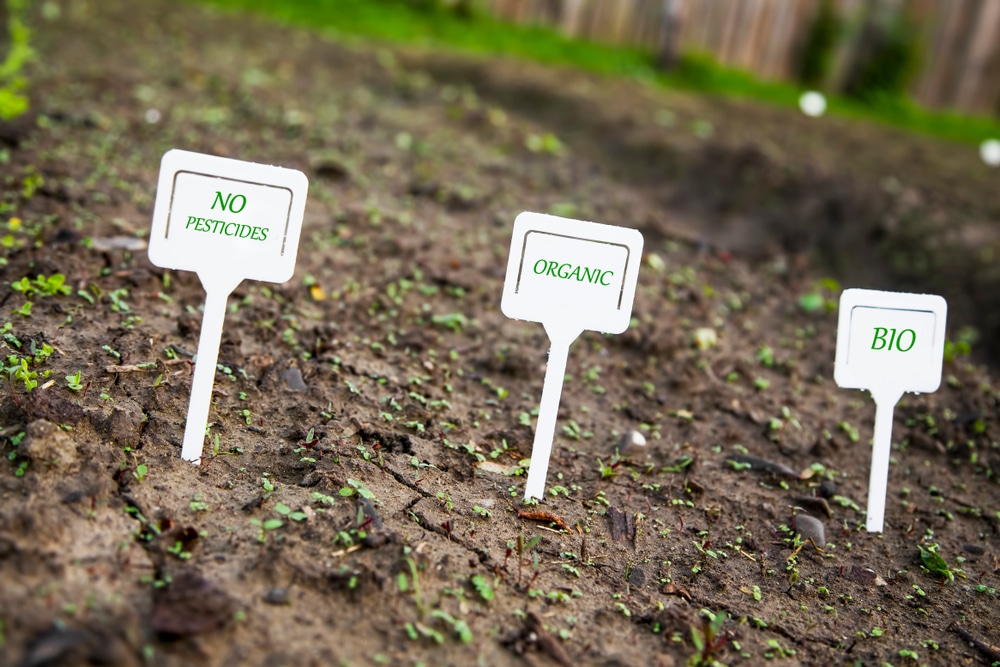
Pesticides eliminate not only pests but also beneficial bugs like butterflies. If you’d like to encourage these invaluable creatures to stick around, you’ll need to nix pesticides (and similar chemicals). Otherwise, you’ll not only drive butterflies off, but some may even die or become sick.
Final Advice
Perhaps you felt differently about butterflies before reading through this article. That’s okay! We all start somewhere.
It’s essential to move forward instead of worrying about the past. There are plenty of things you can do to help butterflies. Doing even one is a good step forward.

